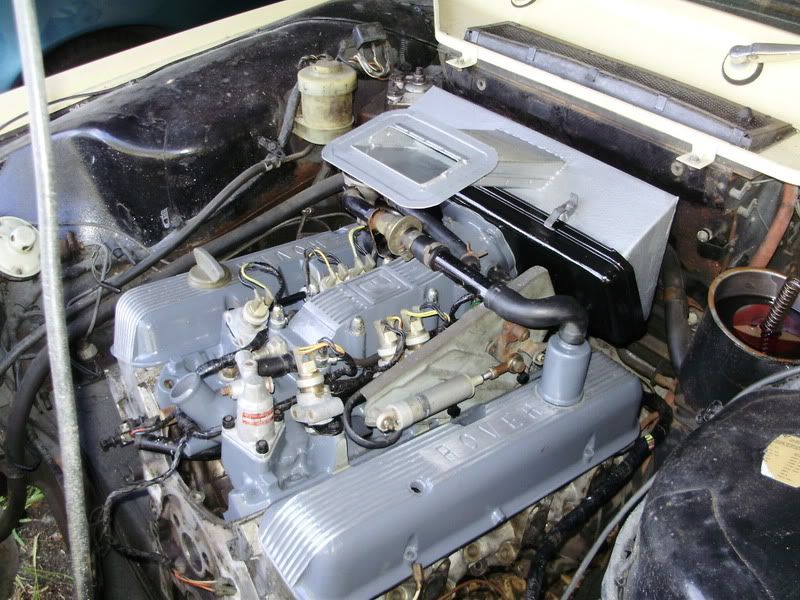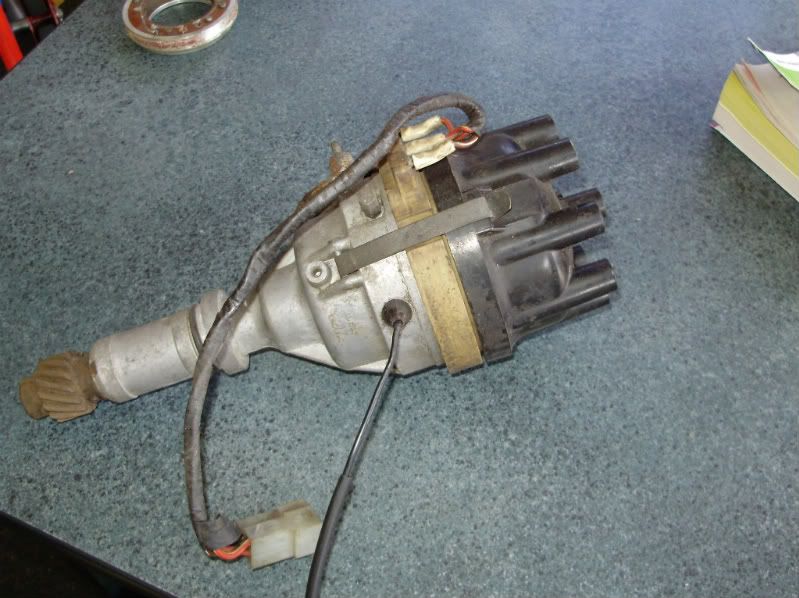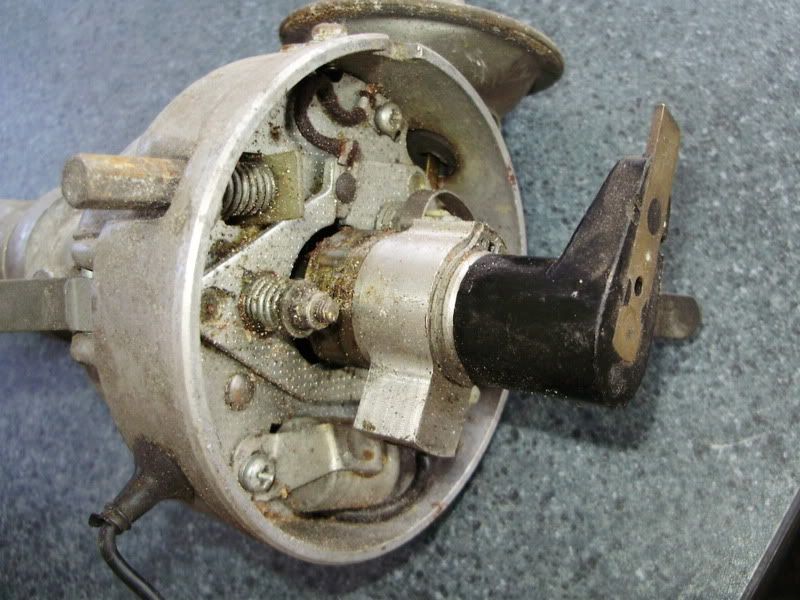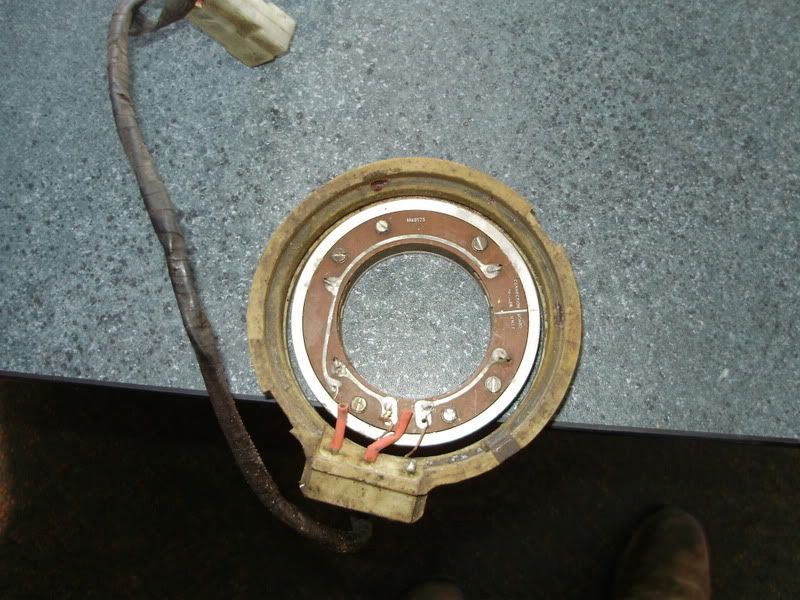Just seen this properly on the news this morning - Looks horrific - hope your friends and family are all safe!
THX Rich, all friends report as being "shaken but not stirred" + my only personal issues now are electricity stoppages + supermarkets running low on food, all temporary + the very least of anybodies worries here, certainly compared to the poor folk in Miyagi-ken who bore the brunt of the quake + tsunami
( Apologies to Al for my inadvertent thread hijack )
GW





